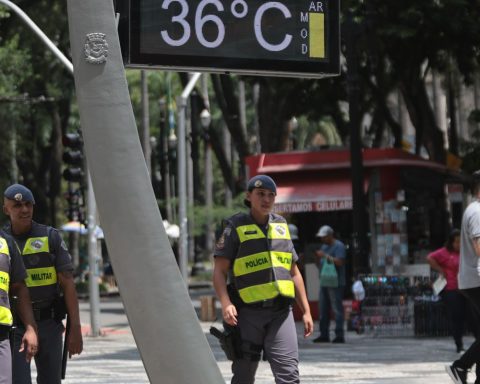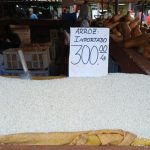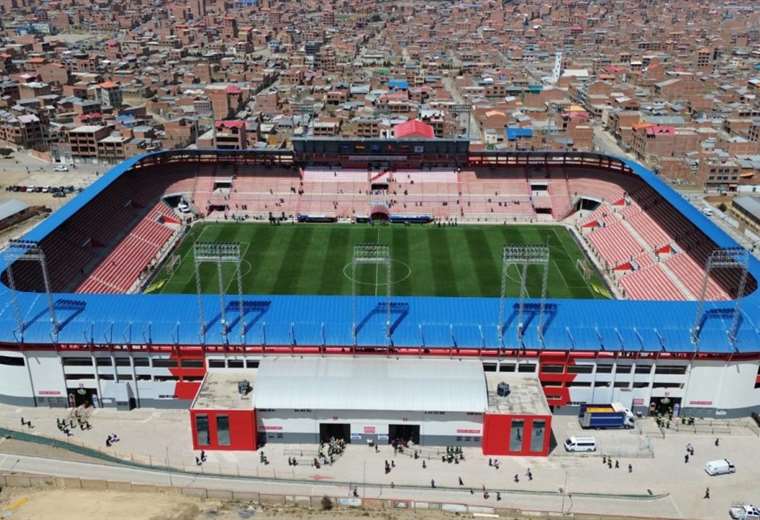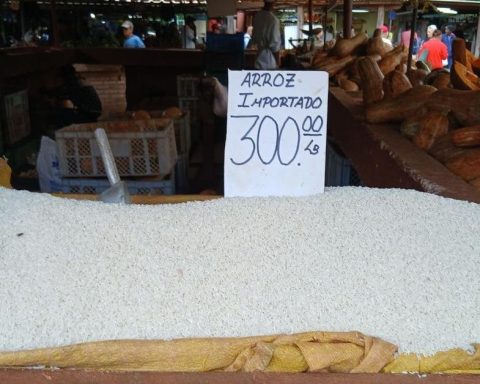The Cultural Heritage Advisory Board of the National Institute of Historical and Artistic Heritage (Iphan) approved the definitive listing of the Architectural, Historical and Landscape Complex of the São João Fortress, in Rio de Janeiro, and the Complex of fortifications of Santa Cruz, Praia de Fora and Imbuhy, in Niterói, in the state of Rio.
The São João Fortress complex comprises 12 auxiliary defense buildings: the São José Fort, the São Teodósio Redoubt, the Pau do Bandeira Battery, the Praia de Fora, the Praia de Dentro, the São José Fort, the São Teodósio Redoubt, the remains of the walls of the São Diogo Fort, the Praia de Dentro Bridge, the Marques Porto Battery and the Mallet Battery, with the attached structures.
The set will be registered in the Historical Registry Book, the Fine Arts Registry Book and the Landscape, Ethnographic and Archaeological Registry Book.
The complex – formed by the fortifications of Santa Cruz, Praia de Fora and Imbuhy – comprises 17 elements, including the series of fortifications known as Fortaleza de Santa Cruz, artillery collection and religious collection of the Capela de Santa Bárbara.
There are also elements of the extramural defensive scheme and the forts located nearby. Among them, the Pico Redoubt and the forts of São Luís, Praia de Fora, Barão do Rio Branco, Pico, Tabaíba and Imbuhy, including the artillery collections.
The listing also includes the hills and beaches associated with them, which are under the protection of the Army and which form the landscape at the entrance to Guanabara Bay. The complex is now registered in the Archaeological, Ethnographic and Landscape Register; in the Historical Register and in the Fine Arts Register.
Paraná
In Paraná, the Chapel of Our Lady of the Immaculate Conception of Tamanduá, located in Balsa Nova, received definitive protection. It is representative of the occupation process of the southern region of the country. The complex includes the church, its collection of movable and integrated assets, and a surrounding forest. The complex will be registered in the Historical Registry Book, in the Archaeological, Ethnographic and Landscape Registry Book, and also in the Fine Arts Registry Book.
“These spaces have great potential to mobilize the community beyond the military memory of wars, with uses that are in dialogue with the territory and the community. We have before us an interesting tool that, if well preserved, can guarantee rights, the development of the territory, and economic and cultural opportunities,” said Leandro Grass, president of Iphan.

















